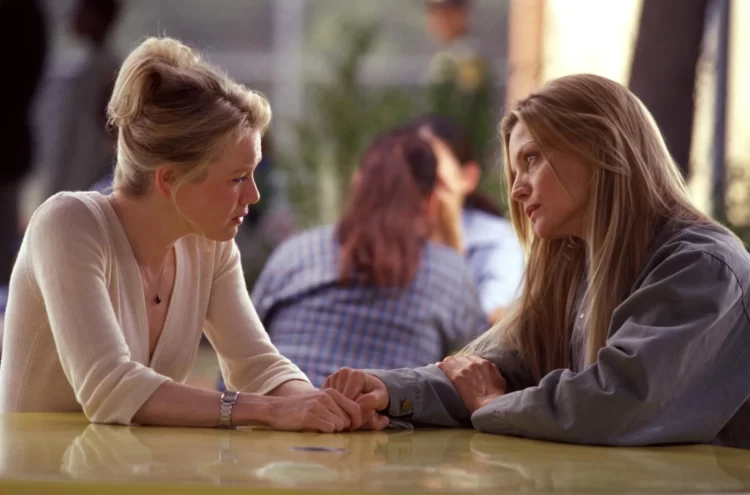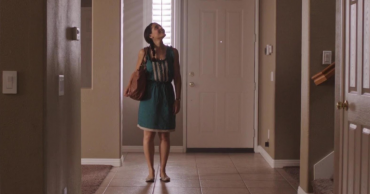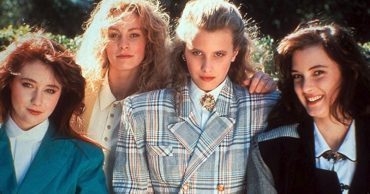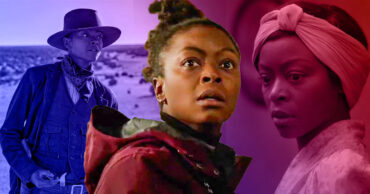
In 2002, the movie White Oleander hit theaters, and it has been captivating audiences ever since. The film is based on the novel of the same name by Janet Fitch, and tells the story of a young girl named Astrid who is sent to live from foster home to foster home after her mother is convicted of murder. This riveting drama has some great performances from its cast, including Michelle Pfeiffer, Renee Zellweger, and Robin Wright.
The movie received mostly positive reviews during its premiere. Now, 20 years later, White Oleander is still just as powerful and relevant as it was when it first came out. The themes of mother-daughter relationships, abuse, and betrayal are unfortunately still all too common. And while the film does have a few dark moments, it ultimately leaves viewers with a sense of hope and resilience. If you haven’t seen White Oleander in a while, or if you’ve never seen it at all, here are a few reasons why you should see it on its 20th anniversary in 2022.
It has a powerful cast
The movie features an outstanding ensemble cast, including Alison Lohman, Michelle Pfeiffer, Renee Zellweger, and Robin Wright. Each actor brings their own unique talents to the film and helps create a truly multi-dimensional story. Lohman, in particular, gives an unforgettable performance as Astrid, the young girl at the center of the story. Her performance in the film is so raw and honest that it’s impossible not to be moved by her journey. It makes sense that she performed exceptionally in the movie, considering that she had wanted to be an actress since she was a child. In an interview with IGN for the movie, she explained:
“At age eight I had been watching The Sound of Music over and over and over again. I kept telling my mom I wanted to watch it again. And one day they were holding auditions for it and I said, “Mom, I want to audition!” And my mom was like, “Oh, I don’t know.” Because I was really shy, like so shy that I would hide behind her skirt when being introduced to people. But I auditioned and got the part of Gretel. And from then on it was just that whole theater-family-camaraderie that whole, like, group, that community… I was doing community theater and acting with adults. I’ve always loved acting with adults versus like the whole High School feel.” Sadly, Lohman retired from acting in 2009.
It tackles difficult topics
White Oleander is not afraid to tackle some tough topics, including abuse, betrayal, and loss. While the film does deal with some dark themes, it ultimately leaves viewers with a sense of hope and resilience. These are important messages that are still relevant today, 20 years after the film was first released.
It’s based on a best-selling novel
White Oleander is adapted from Janet Fitch’s bestselling novel of the same name. If you’re a fan of the book, you’ll definitely want to check out the movie. Fitch’s book is perfectly encapsulated in the film, and the adaptation is truly faithful to the source material. What makes the book and the movie compelling works of art is Fitch’s attention to detail, which came from her rigorous research for the book. In an interview with Oprah, she explained the process by which she wrote White Oleander, saying: “I love to research, and I’ve been a journalist. I didn’t want a foster kid to read White Oleander and go, “This author has no idea what she’s talking about.” But I usually do research after I’ve written. And I’m always gratified when I check something I’ve made up and discover that I’ve gotten it right. How can we imagine something that turns out to be true? How can we know things we couldn’t possibly know? It makes me wonder about the existence of a collective unconscious. Once you get below the floor of our personal identities, we’re all connected. Perhaps that’s why we can move into others’ lives.” She also explained her careful planning of her novels, saying: “I usually start with something that has some energy, like a compressed character or a situation that’s wound up like a spring. Then all I have to do is let it go, let its energy carry the story. And that may not turn out to be the beginning of the book.”
It’s a visually stunning film
In addition to its great story and performances, White Oleander is also a visually stunning film. The movie was shot on location in Los Angeles, and the city looks absolutely beautiful on screen. From the bright lights of Hollywood to the seedy underbelly of the city, Los Angeles has never looked so good.
It’s a timeless story
Themes of mother-daughter relationships, abuse, and betrayal are unfortunately still common in society. White Oleander offers a unique and powerful perspective on these topics that will resonate with viewers of all ages. This is a timeless story that is just as relevant today as it was 20 years ago.
It’s directed by Peter Kosminsky
White Oleander is directed by Peter Kosminsky, who is best known for his work on the British television series The State. Kosminsky’s direction is masterful, and he really brings the story to life on screen. If you’re a fan of his work, you’ll definitely want to check out White Oleander. Kosminsky’s filmmaking genius is especially apparent in the film’s stunning visual sequences.
The themes are still relevant today
As mentioned before, the themes of mother-daughter relationships, abuse, and betrayal are unfortunately still prevalent 20 years after the movie’s release. White Oleander offers a unique and powerful perspective on these topics that will resonate with viewers of all ages.
It’s a great example of a resilient coming-of-age story
White Oleander is ultimately a story about hope and resilience. Despite the many challenges she faces, Astrid never gives up. She remains strong and determined throughout the film, and her journey is truly inspiring. This is a great example of a coming-of-age story that will leave you feeling uplifted and hopeful.Renee Zellweger
 Follow Us
Follow Us





